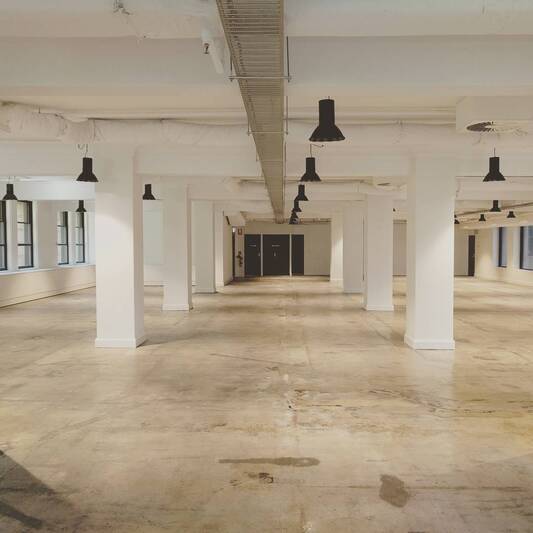|
The partnership between commercial landlords and tenants has never been more important. As we move deeper into unchartered waters, this partnership is likely to influence crucial decisions, and in some cases, present opportunity for both sides. In the wake of substantial change to workplace circumstances, many businesses are questioning how they can better utilise their space and cut occupancy costs. In particular, those nearing the end of their lease in the next 6-12 months need to make the immediate choice to stay in their existing space or walk away More landlords are recognising the dramatic shift in the market and responding accordingly.
How landlords approach their tenants’ situation will determine the viability of a much needed long term relationship. Rather than clinging to irrelevant or outdated leasing models, both landlords and tenants will be required to approach new leases with flexibility and fairness. Largely, this seems to be happening. Retail aside, most landlords are responding fairly and adapting to the changing needs of their tenants. They know that if they don’t, the outcome will be detrimental to both sides. What does this new-found flexibility and good faith mean for tenants looking to reduce their occupancy costs? Rather than a simple “stay vs go” scenario, there will be multiple ways to assess space requirements and a variety of solutions available. This is good news for both tenants and landlords in such uncertain times. The solutions available to you will depend on your specific situation and your landlord’s willingness to negotiate. Based on the advice BRM is providing to clients, the following solutions are among those being discussed between tenants and landlords right now:
Case Study: BRM recently advised a long standing client whose lease was set to expire in the next 6 months. The client is looking to cut its occupancy costs by 30-40% and using our in-house designers and staff engagement surveys, opted for a footprint reduction from 500sqm to 350 sqm. In determining whether to stay in their current space or find a new premises, the client engaged BRM’s property team to present them with some ideas. We investigated a range of scenarios and presented projections based on current market trends to help the client reach an informed decision and achieve their desired outcome. Among the scenarios was the concept of dividing the existing floorplan and creating an intertenancy wall which would solve the problem of inefficient space for the tenant, while the building would remain occupied for the landlord. Another scenario was to leave the existing premises altogether and find a new 350sqm space that didn’t need major fitout alterations. A year ago, such decisions would have been made differently. But the possibility to reduce an existing space is a reflection of how the market has shifted as part of a rapidly changing supply and demand balance. It’s also a reflection of the steps landlords will take in favour of losing long term tenants and risking an empty building. It’s not only landlords who are becoming more flexible. The way companies are approaching their space has changed dramatically due to a largely successful working from home period. Disposal of unused or inefficient space is being heavily discussed as more companies consider a move away from the CBD into more affordable locations with reduced footprints. The key, once again, is maintaining an open and fair relationship that allows for flexibility when approaching property portfolios and leases. Times have changed and our ability to adapt will make all the difference for how we setup and navigate our future office requirements. If your lease is expiring in the next 6-12 months, reducing your occupancy costs is certainly achievable. Landlords are more open than ever to flexible solutions. Comments are closed.
|
Sign Up To Our NewsletterArchives
September 2023
Categories
All
|
BRM |
QUICK LINKS
|

 RSS Feed
RSS Feed

